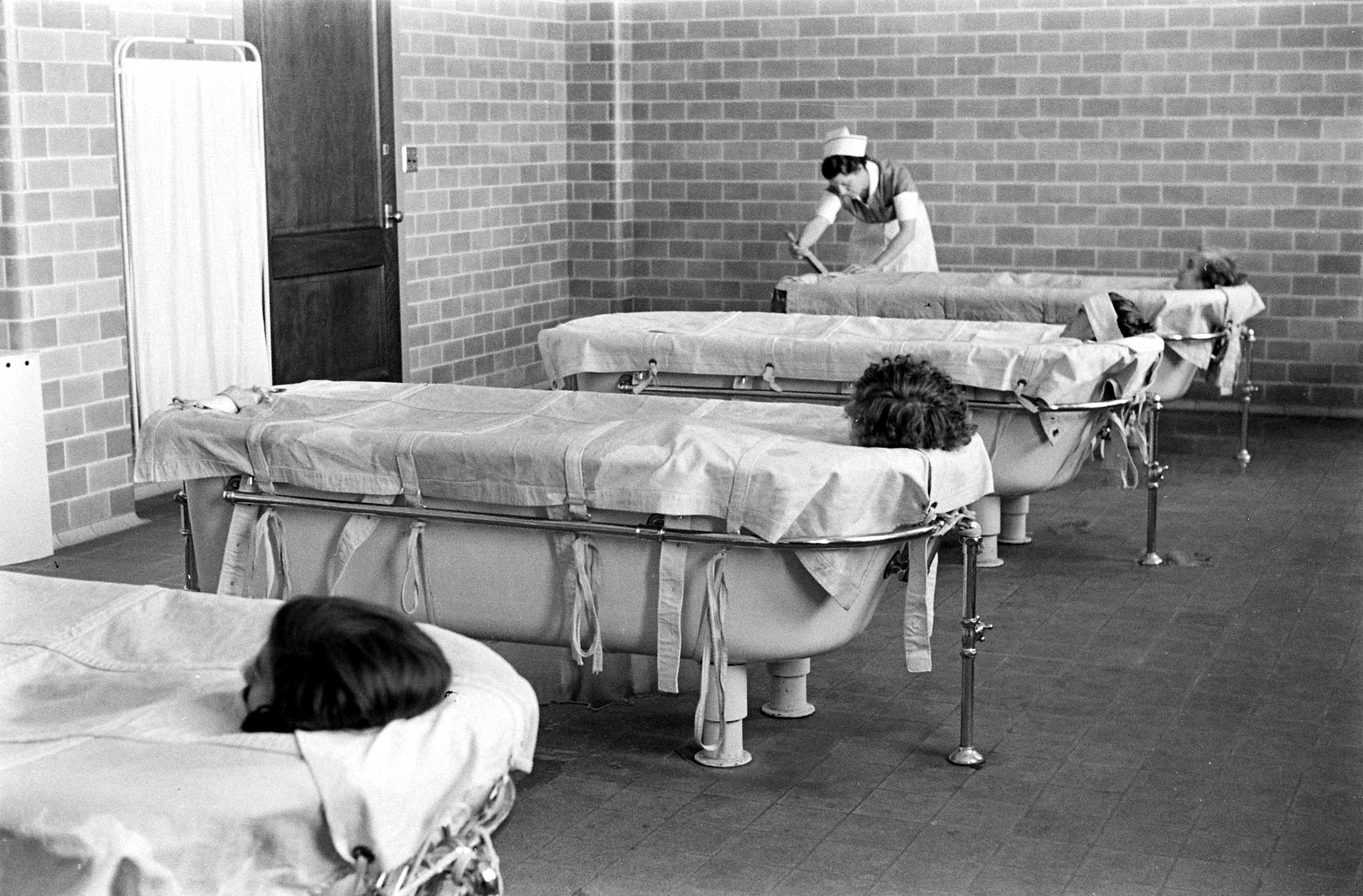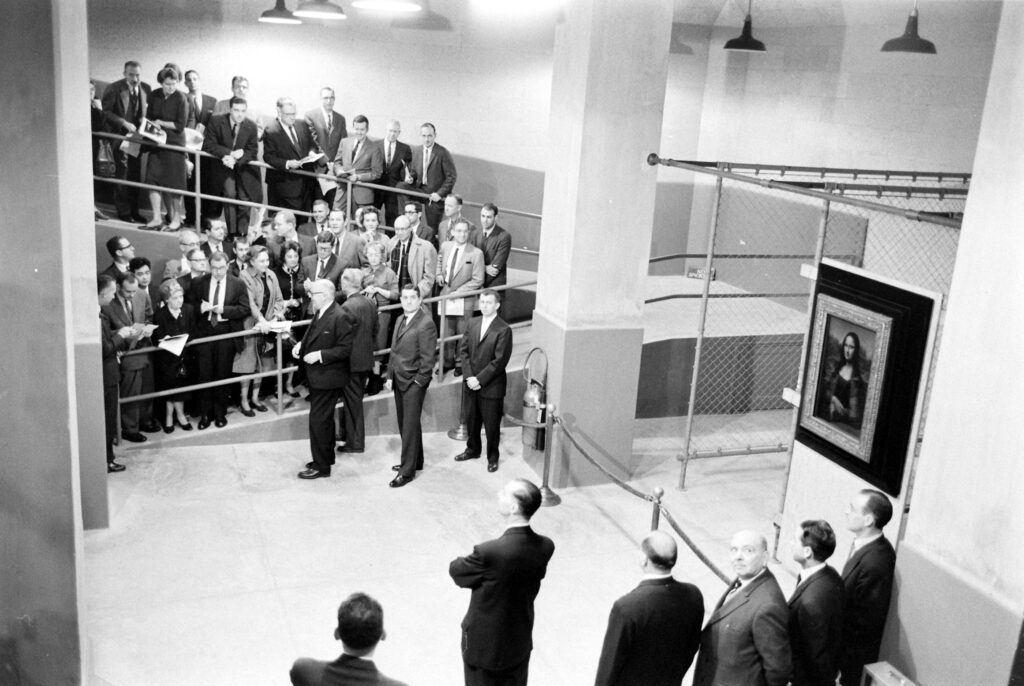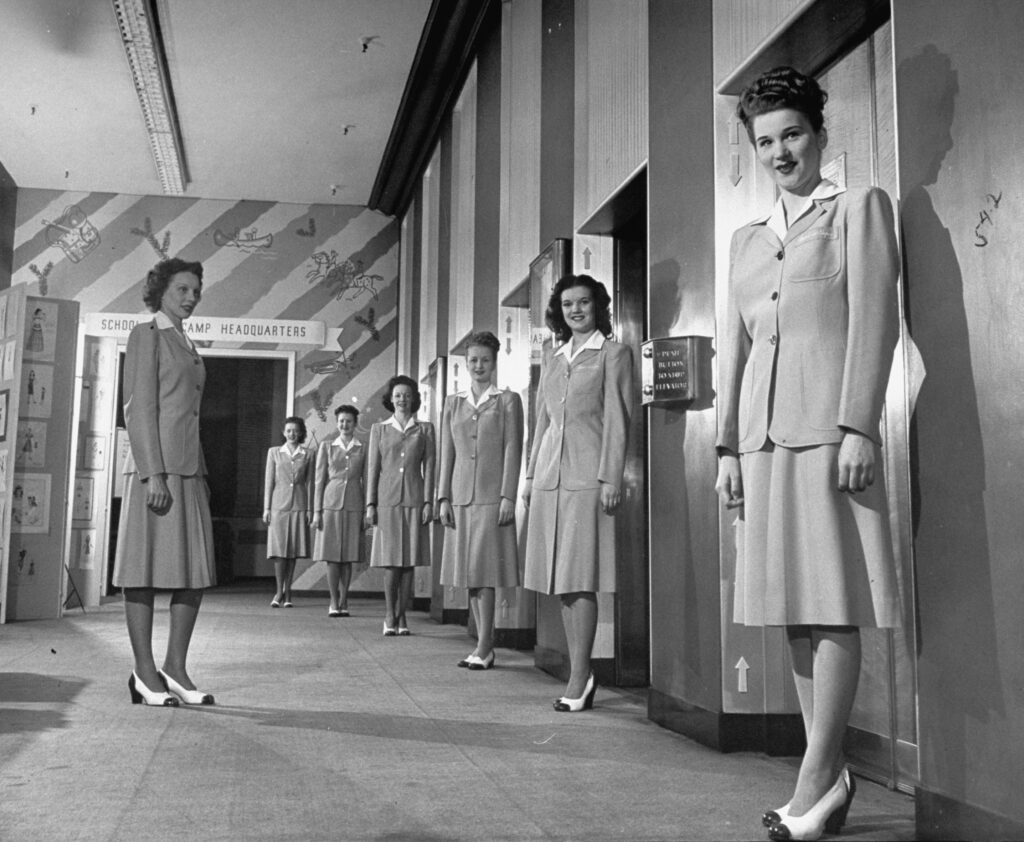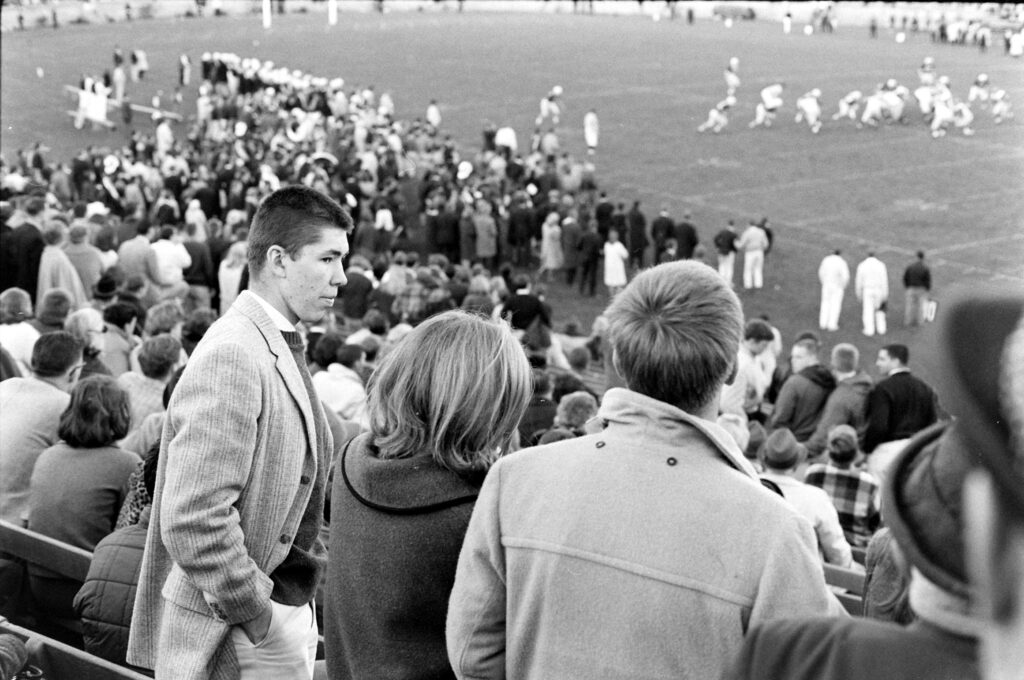Written By: Ben Cosgrove
For all of the lighthearted and often downright frivolous material that appeared in LIFE through the years, the magazine could also address, head-on, the thorniest, most resonant issues of the day. Less than two years after its debut, LIFE confronted its readers with a devastating photo essay on an issue that has long bedeviled humanity: namely, how to treat those among us who suffer from debilitating, and often frightening, mental disorders.
Even today, Alfred Eisenstaedt’s photographs from the grounds of Pilgrim State Hospital on Long Island are remarkable for the way they blend clear-eyed reporting with compassion. But what is perhaps most unsettling about the images is how terribly familiar they look.
The treatment of mental illness in all its confounding varieties and degrees has come a long, long way since the 1930s, and in most countries is now immeasurably more humane, comprehensive and discerning than the brutal approaches of even a few decades ago. Advancements in psychiatric medications alone have helped countless people lead fuller lives than they might have without drugs. And yet . . . the grim, desolate tone of the pictures in this gallery can feel eerily familiar.
The tone struck by LIFE, meanwhile, in its introduction to the Pilgrim State article—while employing language that might seem overly simplified to our ears—is at-once earnest and searching:
The day of birth for every human being is the start of a lifelong battle to adapt himself to an ever-changing environment. He is usually victorious and adjusts himself without pain. However, in one case out of 20 he does not adjust himself. In U.S. hospitals, behind walls like [those] shown here, are currently 500,000 men, women and children whose minds have broken in the conflict of life. About the same number, or more, who have lost their equilibrium, are at large. Their doctors say they have mental diseases. Their lawyers call them insane.
Mentally balanced people shun and fear the insane. The general public refuses to face the terrific problem of what should be done for them. Today, though their condition has been much improved, they are still the most neglected, unfortunate group in the world. [This photo essay features] pictures showing the dark world of the insane and what scientists are doing to lead them back to the light of reason.
—This photo gallery edited by Liz Ronk for LIFE.com.

Pilgrim State Hospital, Brentwood, N.Y., 1938.
Alfred Eisenstaedt/Life Pictures/Shutterstock

Pilgrim State Hospital, Brentwood, N.Y., 1938.
Alfred Eisenstaedt/Life Pictures/Shutterstock

Pilgrim State Hospital, Brentwood, N.Y., 1938.
Alfred Eisenstaedt/Life Pictures/Shutterstock

Pilgrim State Hospital, Brentwood, N.Y., 1938.
Alfred Eisenstaedt/Life Pictures/Shutterstock

A female patient became violent.
Alfred Eisenstaedt/Life Pictures/Shutterstock

Pilgrim State Hospital, Brentwood, N.Y., 1938.
Alfred Eisenstaedt/Life Pictures/Shutterstock

Pilgrim State Hospital, Brentwood, N.Y., 1938.
Alfred Eisenstaedt/Life Pictures/Shutterstock

Pilgrim State Hospital, Brentwood, N.Y., 1938.
Alfred Eisenstaedt/Life Pictures/Shutterstock

Pilgrim State Hospital, Brentwood, N.Y., 1938.
Alfred Eisenstaedt/Life Pictures/Shutterstock

Pilgrim State Hospital, Brentwood, N.Y., 1938.
Alfred Eisenstaedt/Life Pictures/Shutterstock

Pilgrim State Hospital, Brentwood, N.Y., 1938.
Alfred Eisenstaedt/Life Pictures/Shutterstock

Pilgrim State Hospital, Brentwood, N.Y., 1938.
Alfred Eisenstaed/Life Pictures/Shutterstock

Pilgrim State Hospital, Brentwood, N.Y., 1938.
Alfred Eisenstaedt/Life Pictures/Shutterstock

Pilgrim State Hospital, Brentwood, N.Y., 1938.
Alfred Eisenstaedt/Life Pictures/Shutterstock

Pilgrim State Hospital, Brentwood, N.Y., 1938.
Alfred Eisenstaedt/Life Pictures/Shutterstock

Pilgrim State Hospital, Brentwood, N.Y., 1938.
Alfred Eisenstaedt/Life Pictures/Shutterstock

Pilgrim State Hospital, Brentwood, N.Y., 1938.
Alfred Eisenstaedt/Life Pictures/Shutterstock

A continuous-flow bath was seen as the best method for calming psychiatric patients. With their bodies greased, the patients could remain in the baths for hours, and gradually fall asleep.
Alfred Eisenstaedt/Life Pictures/Shutterstock

Pilgrim State Hospital, Brentwood, N.Y., 1938.
Alfred Eisenstaedt/Life Pictures/Shutterstock

Pilgrim State Hospital, Brentwood, N.Y., 1938.
Alfred Eisenstaedt/Life Pictures/Shutterstock

Pilgrim State Hospital, Brentwood, N.Y., 1938.
Alfred Eisenstaedt/Life Pictures/Shutterstock

Pilgrim State Hospital, Brentwood, N.Y., 1938.
Alfred Eisenstaedt/Life Pictures/Shutterstock

A manic-depressive gazed continuously through a barred window.
Alfred Eisenstaedt/Life Pictures/Shutterstock

Pilgrim State Hospital, Brentwood, N.Y., 1938.
Alfred Eisenstaedt/Life Pictures/Shutterstock
































